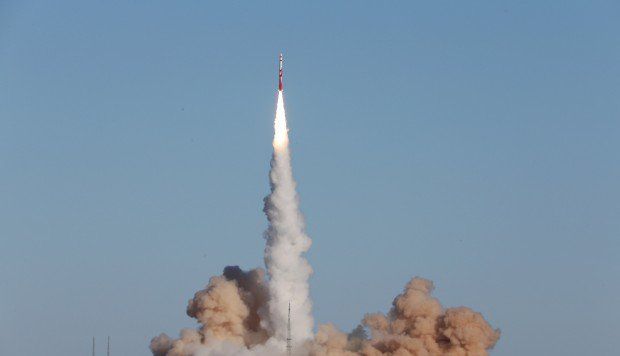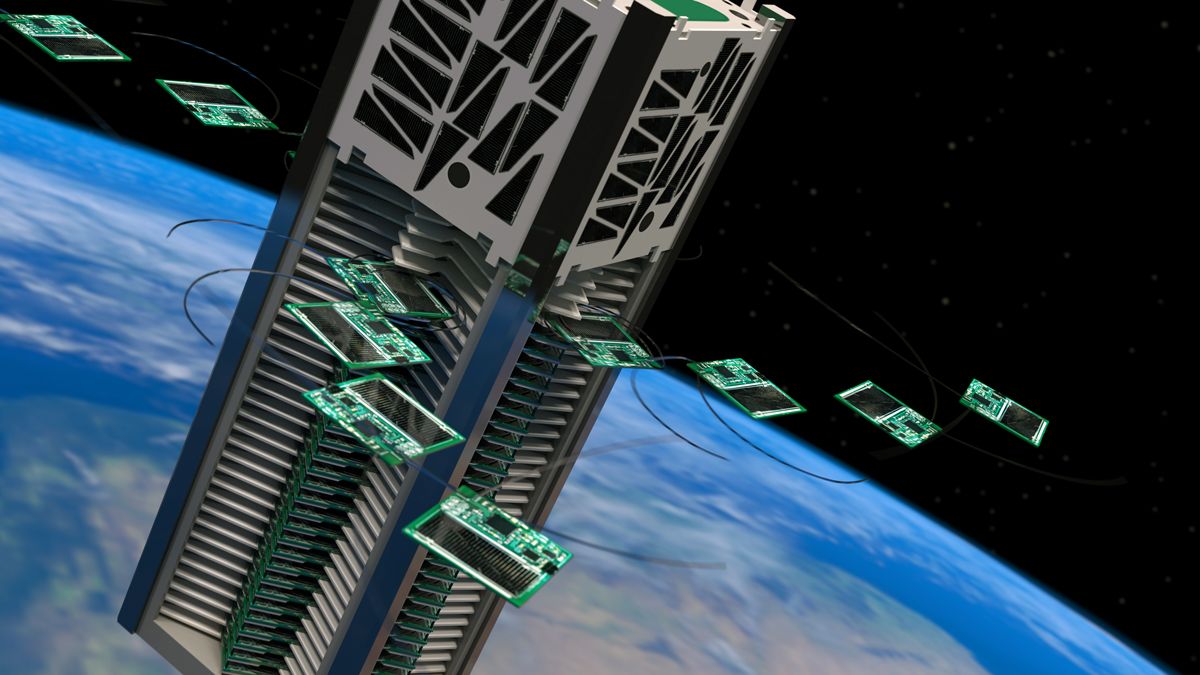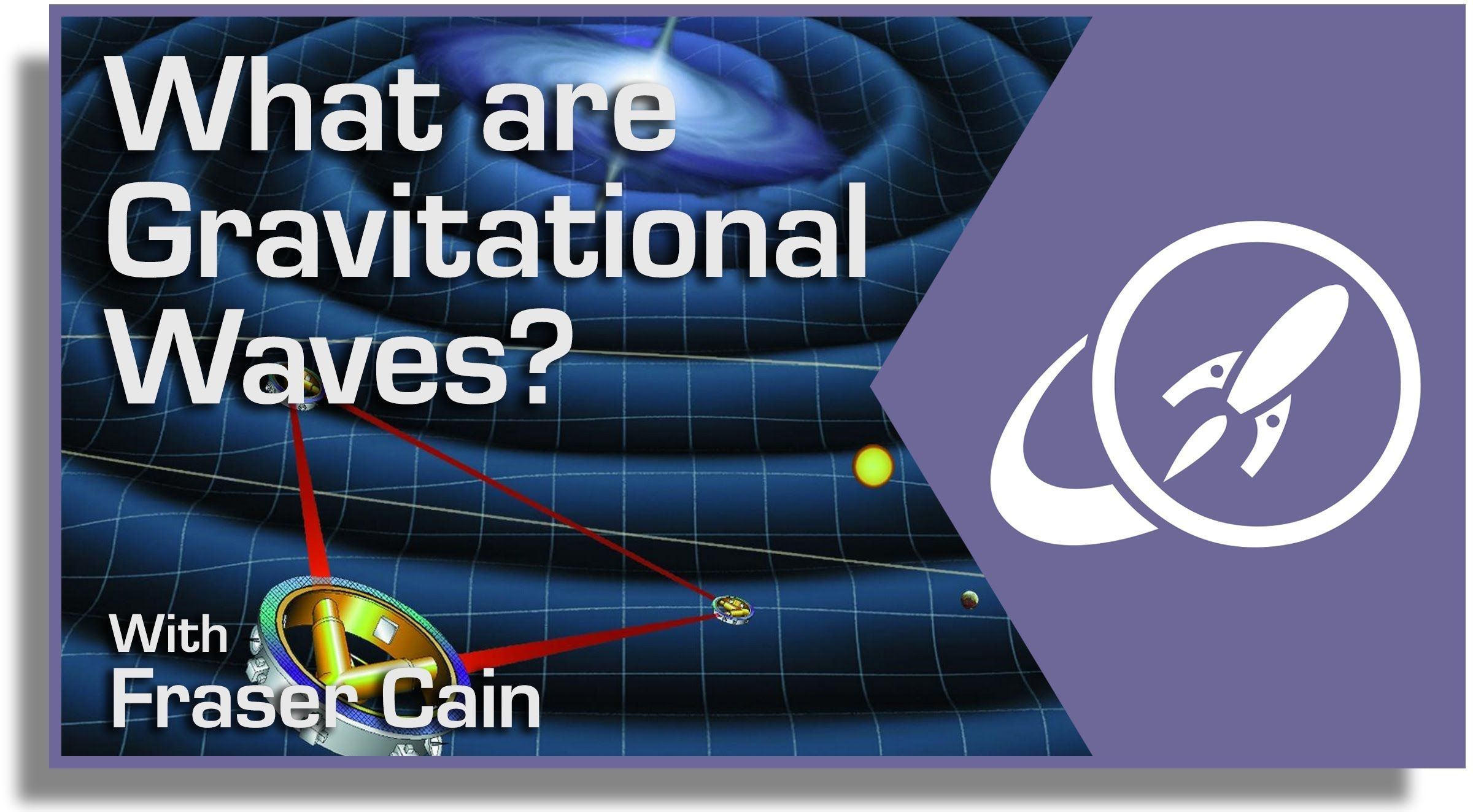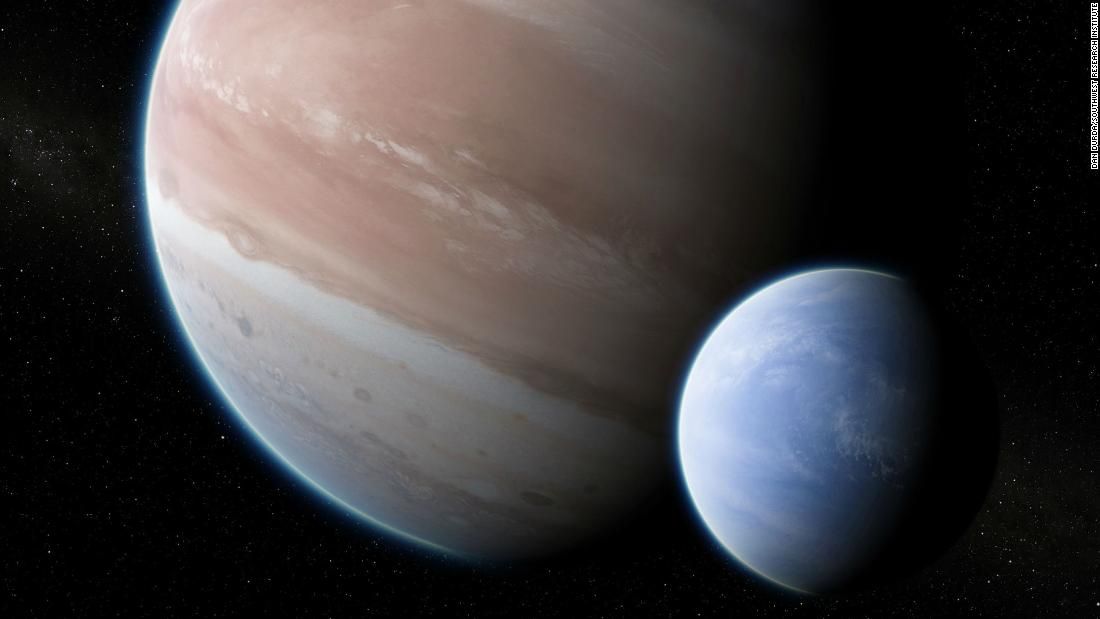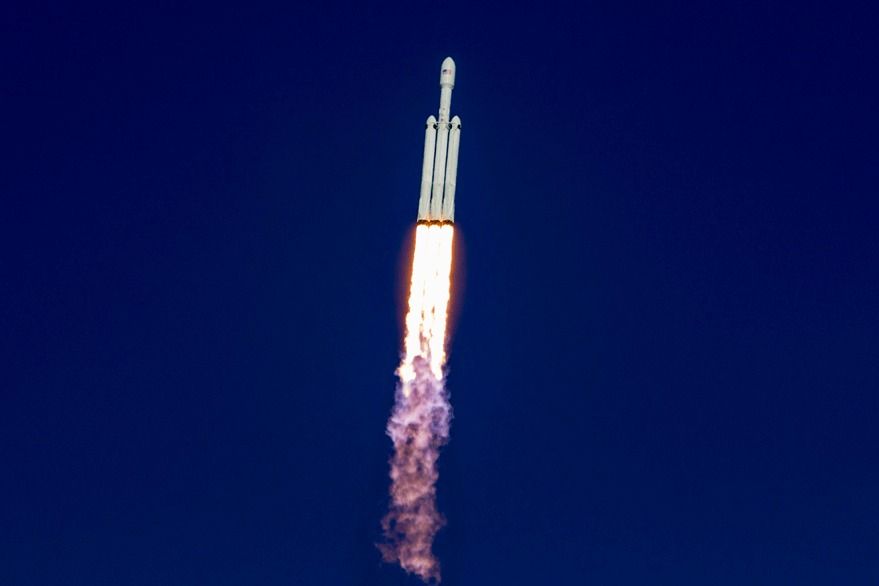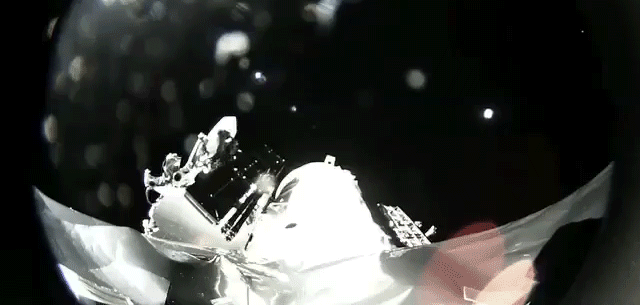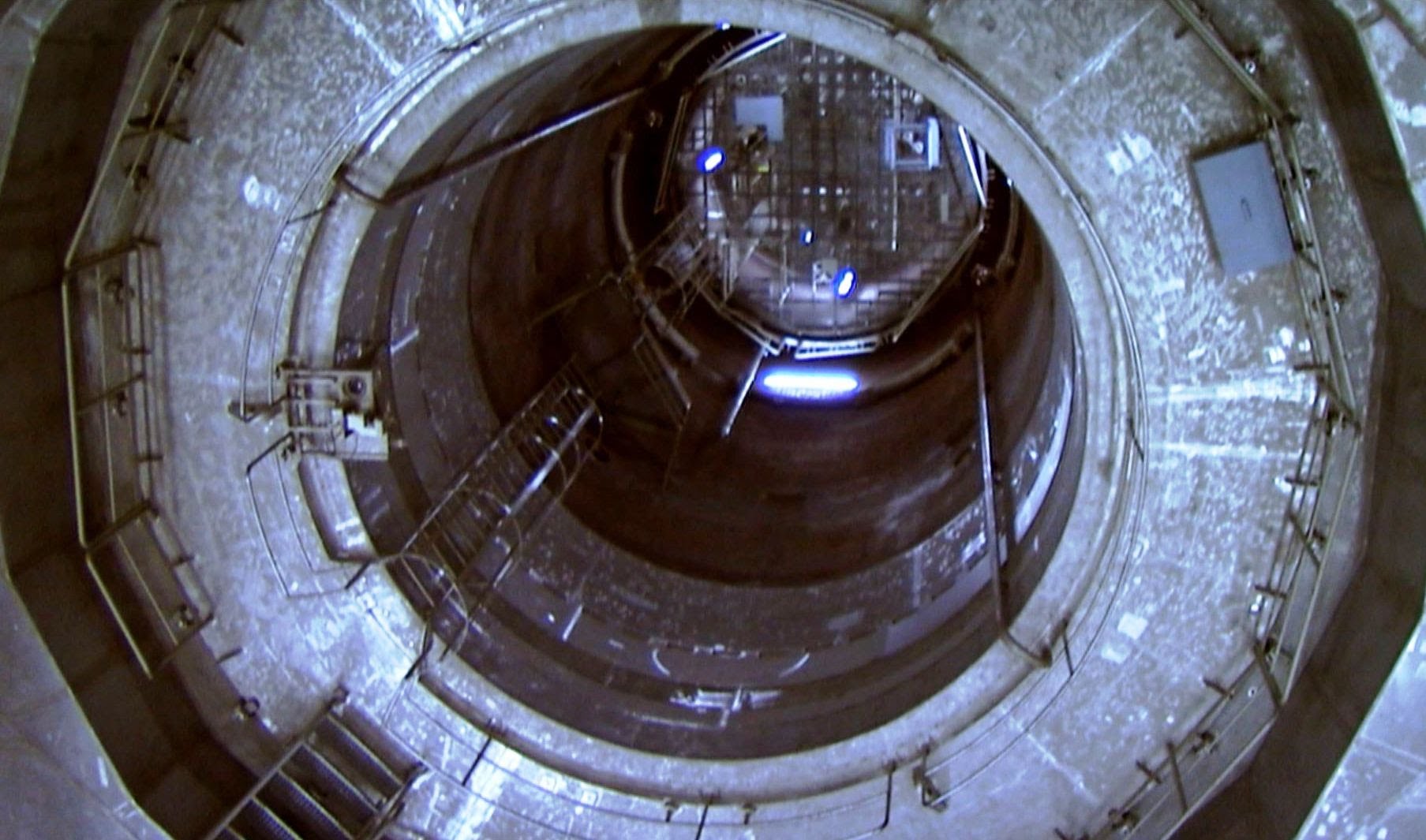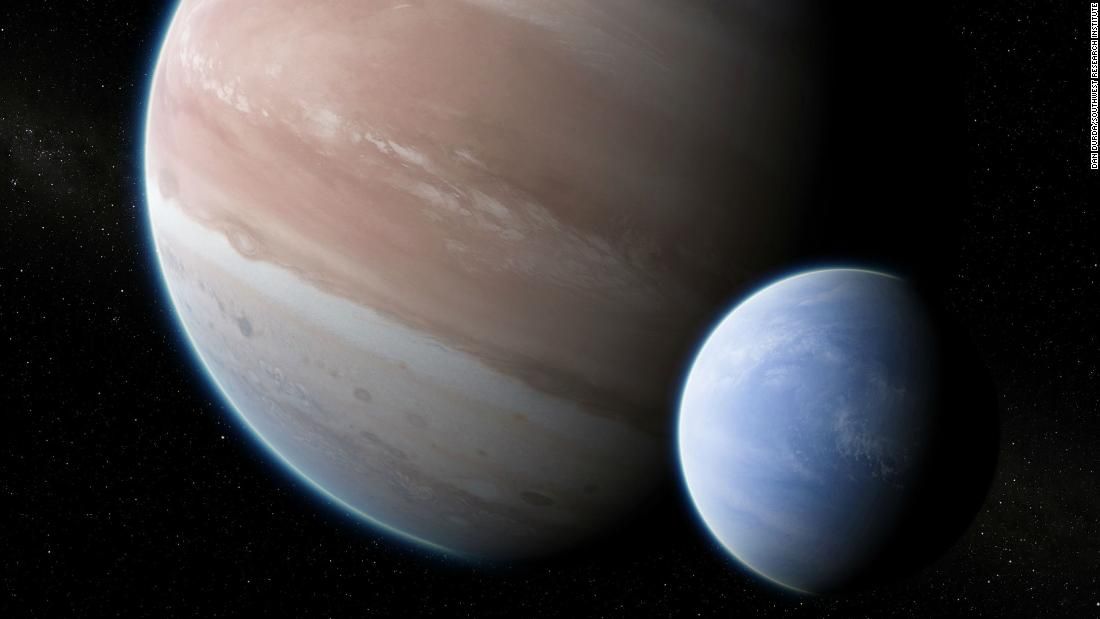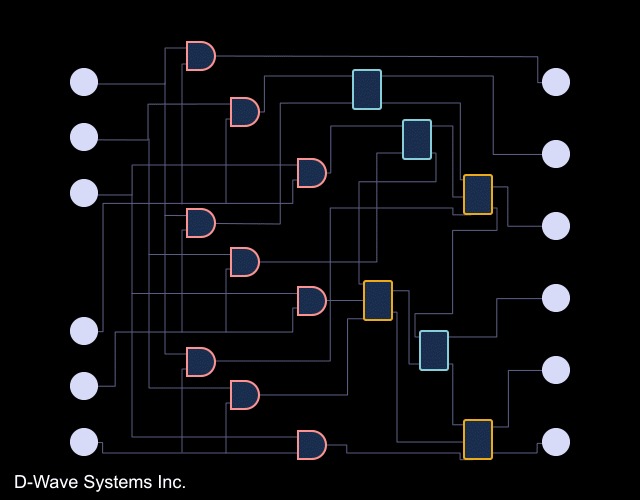Oct 29, 2018
China’s first private rocket mission to outer space ends in failure
Posted by Derick Lee in categories: business, military, satellites
China’s aerospace industry has traditionally been the domain of state-owned institutes and enterprises, but a huge amount of investment has poured into the private sector since 2015 when Beijing announced a national strategy to integrate military and civilian businesses.
Landspace Tech’s ZQ-1 took off from Jiuquan Satellite Launch Centre at 4pm on Saturday carrying a small satellite for state broadcaster CCTVMission failed due to problem with rocket’s third stage, company says.
